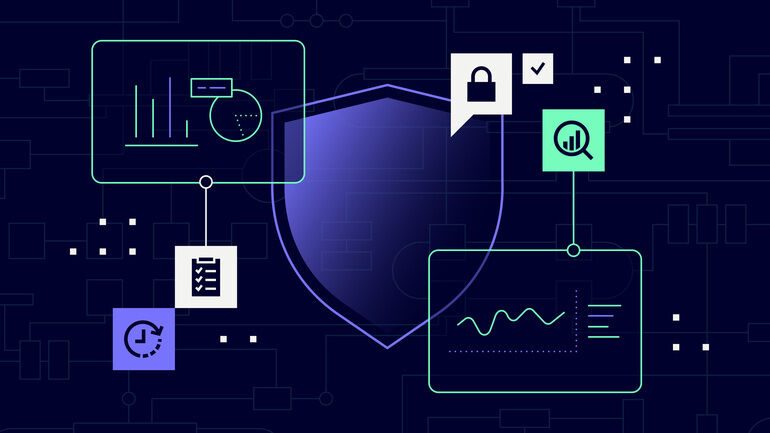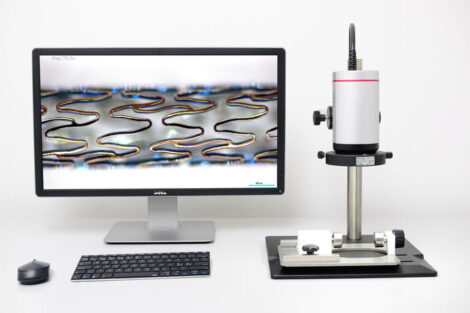Production facilities are increasingly the target of cyberattacks. Industrial companies are therefore required to identify and close potential vulnerabilities in their systems. To address the need to identify cybersecurity vulnerabilities on the shop floor as quickly as possible, Siemens has launched a new cybersecurity software-as-a-service, that will be showcased for the first time at Hannover Messe 2024.
The cloud-based SINEC Security Guard offers automated vulnerability mapping and security management optimized for industrial operators in OT environments. The software can automatically assign known cybersecurity vulnerabilities to the production assets of industrial companies. This allows industrial operators and automation experts who don’t have dedicated cybersecurity expertise to identify cybersecurity risks among their OT assets on the shop floor and receive a risk-based threat analysis. The software then recommends and prioritizes mitigation measures. Defined mitigation measures can also be planned and tracked by the tool’s integrated task management. The software is offered as-a-service (“SaaS”), is hosted by Siemens, and will be available for purchase in July 2024 on the Siemens Xcelerator Marketplace and on the Siemens Digital Exchange.
Reducing manual effort
“With SINEC Security Guard customers can focus their resources on the most urgent and relevant vulnerabilities, while having full risk transparency in their factory. It is unique because it takes the specific situation of the customer’s operational environment into consideration while providing a single pane of glass for security-relevant information in the OT area,” says Dirk Didascalou, CTO of Siemens Digital Industries. “When developing the SINEC Security Guard, we drew on our extensive experience with cybersecurity in our own factories.”
Today, industrial operators are tasked with continuously safeguarding their production assets on the shop floor. They need to analyze vendor security advisories, manually match them to the asset inventory of their factory and prioritize mitigation measures. Because this process is time-consuming and error-prone using the existing tools, factories are running the risk of missing critical vulnerabilities in their assets or producing false-positives. This can lead to incorrectly configured plant components and inadequately allocated resources. With the software, industrial operators can tackle these challenges without needing in-depth cybersecurity knowledge.
Attack detection at scale
For a comprehensive view of IT and OT cybersecurity, the product will also offer a connection to Microsoft Sentinel, Microsoft’s Security Information and Event Management (SIEM) solution for proactive threat detection, investigation, and response. Once connected, it can send alerts for security events including attacks to Sentinel, enabling a security analyst to incorporate the new software‘s insights and conclusions in investigations and responses with Microsoft Sentinel powered Security Operations Centers.
“As information technology and operational technology systems continue to converge, a holistic cybersecurity architecture is key to protecting IT and OT capabilities alike. By combining our domain knowledge, Siemens and Microsoft make it easier for industrial operators to efficiently detect and address cybersecurity threats at scale,” says Ulrich Homann, Corporate Vice President, Cloud + AI at Microsoft.
The product also supports the manual upload of existing asset information for asset inventory. Siemens recommends, however, that industrial operators use the Industrial Asset Hub, Siemens’ cloud-based Asset Management solution to enable continuous automated asset inventory management. Functionalities also include signature-based network intrusion and attack detection via the SINEC Security Guard Sensor, an Industrial Edge app, which gives users live information about their industrial network. The SINEC Security Guard Sensor App is available at the Siemens Industrial Edge Marketplace.
The initial release only supports Siemens OT assets but third-party device support is planned to follow in the future.












